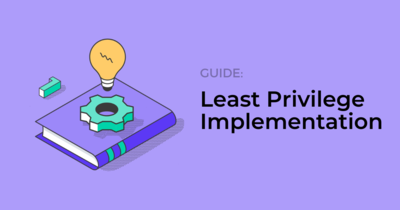What is Least Privilege?
Speaker: Paul Querna CTO, Co-founder ConductorOne
Main Takeaways
- ✅
Access naturally accumulates over an employee’s time at a company, creating unnecessary risk.
- ✅
Least privilege means reshaping that access graph so it rises and falls based on real need, not just seniority or tenure.
- ✅
Just-in-time (JIT) access is ideal for high-risk systems like cloud infrastructure and databases.
- ✅
User access reviews (UARs) help prune outdated access, but require thoughtful automation to be effective.
- ✅
Role-based (RBAC) and attribute-based (ABAC) policies should automatically adjust access as employees change roles.
Learn More

7 Principles for Least Privilege Access Implementation
Though systems and sensitivities vary, every company can benefit from incorporating least privilege access best practices into their identity security and access control processes. Read about these seven principles to get started.

Least Privilege Access: What You Need to Know
As one of the core tenants of zero trust, least privilege access is probably the least understood and the hardest to reach today. At the highest level, think of least privilege access as providing people – or identities more generally – the access they need to do a job, and for no longer than they need it.
